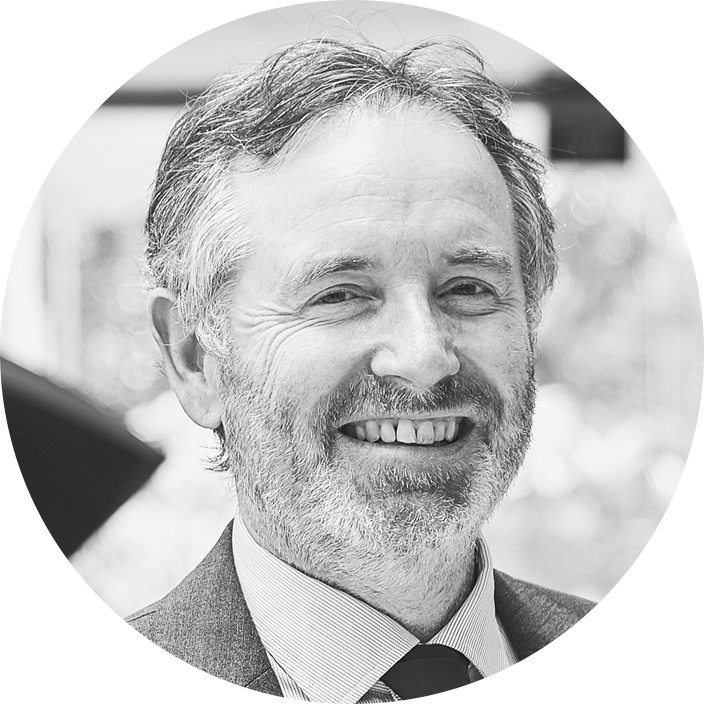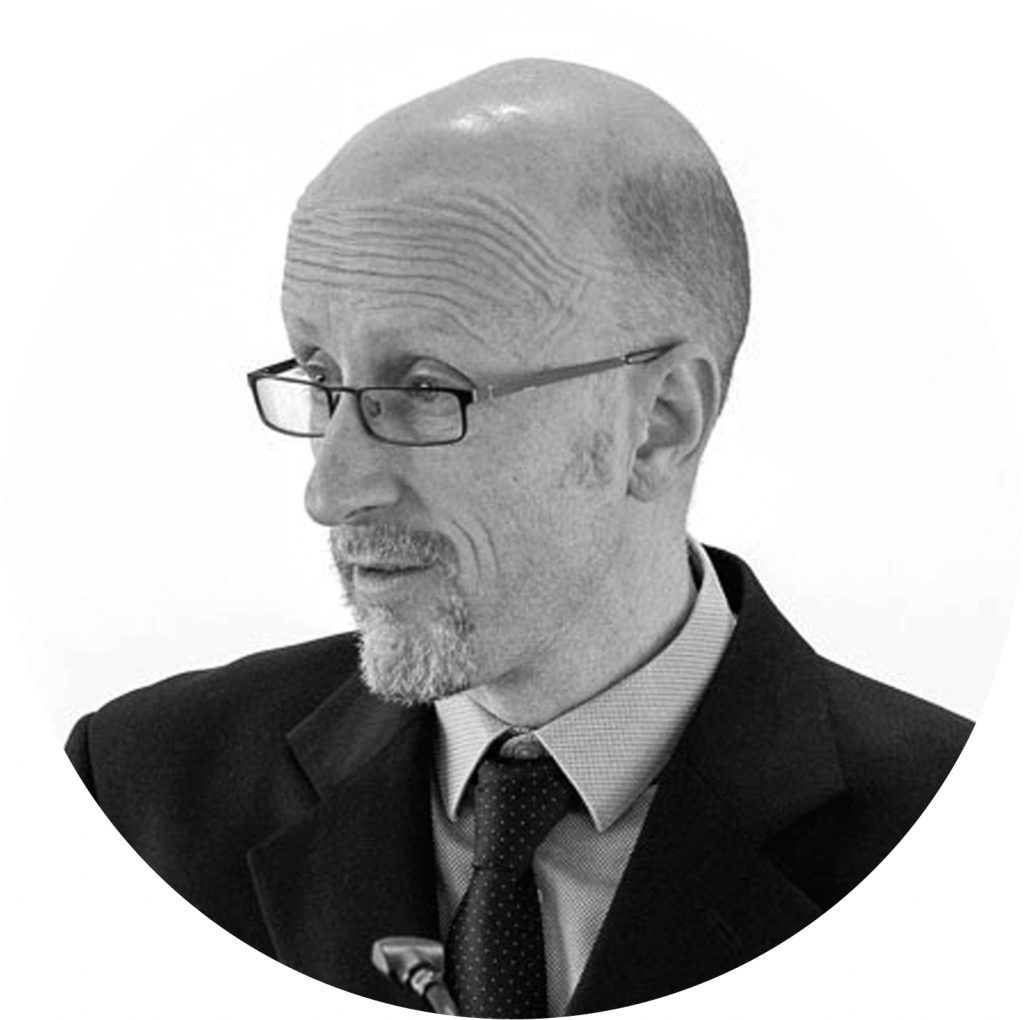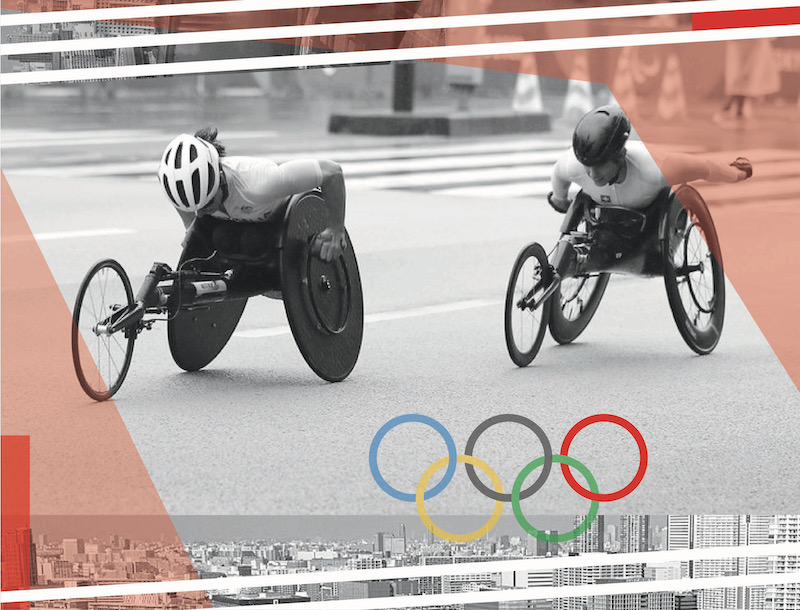
Prof Gerard Goggin
Wee Kim Wee Professor in Communication Studies, Nanyang Technological University, Singapore. He is co-director of the Asian Communication Research Centre, and has a longstanding interest in disability, media, technology, and culture. Key books include Apps (2021), Routledge Companion to Disability and Media (2020), Disability and the Media (2015), and Digital Disability (2003).

Prof Brett Hutchins
Professor of Media and Communications and Head of the School of Media, Film & Journalism at Monash University in Melbourne, Australia. He is presently completing a collaborative three-year Australian Research Council funded project (DP200103360) that investigates the communication of environmental and sustainability issues in sport.

Section 5: Politics of Sport
- Despite “Gender Equal Olympics,” focus still on what women are wearing
- The sacred space of the Olympics
- At Tokyo Games, athlete activism takes front row seat despite IOC’s attempts to silence athletes
- Forced hijab and female athletes in postrevolutionary Iran
- Pay equity and the Tokyo 2020 Olympics
- We want reform
- The revolt of the Black athlete continues
- The colonization of the athletic body
- Anti-Olympics activism
- Rooting for U.S. Olympians: Patriotism or polarization?
- The new kids on the block: Action sports at the Tokyo Olympic Games
- Black women and Tokyo 2020 games: a continued legacy of racial insensitivity and exclusion
- “A ceremony for television”: the Tokyo 2020 media ritual
- Softball’s field of Olympic dreams
- Equal remuneration for a Paralympian
- Is there space on the podium for us all?
- Tokyo 2020 Paralympics: inspirations and legacies
- What social media outrage about Sha’Carri Richardson’s suspension could mean for the future of anti-doping policies
- Now you see them, now you don’t: Absent nations at Tokyo Paralympic Games
- Will #WeThe85 finally include #WeThe15 as a legacy of Tokyo 2020?
- WeThe15 shines a spotlight on disability activism
- Activism starts with representation: IPC Section 2.2 and the Paralympics as a platform for social justice
- In search of voice: behind the remarkable lack of protest at the Tokyo Paralympics
The 2020 (2021) Tokyo Paralympics kicked off with verve and vim. A colourful, vibrant opening ceremony featured dance, theatre, and pumping rock, techno, and house music.
In a flight of fancy, the Tokyo Olympic Stadium was imagined as the “Para Airport”: “Welcome to the Para Airport, where you are about to witness the arrival of a variety of unique aircraft carried to us on the three-colour winds of change”. It was a fitting trope, given the constraints of mobility and sport occasioned by the COVID-19 pandemic, the grim backdrop to both the Olympics and Paralympics.
The Japanese organisers conceived the Olympics and Paralympics via an overall concept. The master theme of the Paralympics Opening Ceremony was “diversification”: “Change opinion, searching for new possibilities that transcend preconceived ideas by mixing together various elements in new ways”.
Woven throughout the ceremony was the story of a “little one-winged plane”, beautifully played by the 13-year-old Yui Wago, a novice actor with disability. Striving to take off and overcome her fears, the one-winged plane struggles through various attempts supported by a diverse array of other “planes”, encouraged by musicians, dancers, festivals, and other episodes until she finally takes to the skies.
Engagingly executed, the Para Airport and one-winged plane exemplify the paradox at the heart of the Tokyo Paralympics and the limits of how many societies imagine disability. The Para Airport and one-winged plane conceit sails too close to the old, disabling myth of disability: that, if we could choose, and were brave enough, we could transcend the limitations of our bodies.
That said, this undercurrent of stereotyping was challenged by the wide range of bodies, identities, and impressive performances showcased –– many by performers with disabilities.
The following twelve days of competition featured a wide variety of sports and athletes whose efforts were followed by media audiences across the world. As well as record-topping coverage from the host broadcaster Japan’s NHK, live television coverage in countries such as US, UK, Singapore, and Australia exceeded previous Paralympics in terms of hours, multi-channel and screen options, and the depth of coverage of events and athletes.
The key question is whether the Tokyo Paralympics were a watershed in disability, media, and attitudinal change.
The Paralympics still largely play to much smaller media audiences than the global juggernaut of the Olympics. Nonetheless, coverage of Tokyo 2020 crossed-over to mainstream audiences more often, and in more interesting ways, than previous Games–– taking another step towards establishing the Paralympics as an exciting, if still distinct multi-sport mega-event. This distinctiveness is evident by sports that usually languish in obscurity, including boccia, goalball and sitting volleyball. Despite the constraints and politics of the Paralympic disability classification process, a range of athletes and abilities were represented that show the potential for a fundamental change in how we see sporting bodies, practices and cultures.
Aiming “to put disability at the heart of the inclusion agenda”, the International Paralympic Committee nailed its colours to the mast with the release of its #WeThe15 “global human rights movement for the 1.2 billion persons with disabilities” campaign. This aspiration underscores a hopeful yet fraught moment. The Paralympic organisers and media are both keen to put “inspiration porn” behind them, along with the fixation on reporting on Paralympians by focusing on the details of their impairment (especially when due to traumatic accidents or health issues). There is a long way to go.
A big obstacle is what US disability scholars David T. Mitchell and Sharon Snyder have called “ablenationalism” – or the profound role that ideas of ‘normal’ bodies play in shaping national communities and citizenship.
In this regard, the Tokyo Paralympics clearly contributed to the trend in which elite disability sport attracts increasing attention, visibility, and currency in the symbols and rituals of politics at the national level. In Singapore, where one of us lives, swimmer Yip Pin Xiu won two gold medals at Tokyo with politicians praising her efforts including Prime Minister Lee Hsien Long, who posted a message on Facebook saying: “Pin Xiu, Singapore is proud of you, and you inspire all of us!”. Media rights and distribution of Paralympic content, always heavily policed, were also decisively shaped by national arrangements, with gatekeeping by national broadcasters.
One of the most interesting moments of the Paralympics coverage was the trending story around the world that reported the disparity between the handsome bonus payments made by national governments to Olympic medallists, compared to the paltry amounts doled out to medal-winning Paralympians. For instance, the opportunistic Australian Prime Minister, Scott Morrison, sought to generate political capital by rectifying this disparity nine days after the Games had commenced. He leads a Federal Government that is, at the same time, undermining the National Disability Insurance Scheme (NDIS) by cost-cutting and making it harder for Australians with disabilities to qualify for the scheme.
Some national heroes and citizens are still worth more than others, it seems –– which sends a clear message to the rest of us that real social transformation is a fair way off.

